Difference between Change Management and Project Management
Last updated: November 16, 2023 Read in fullscreen view
- 01 Aug 2024
 The Standish Group report 83.9% of IT projects partially or completely fail 150/1772
The Standish Group report 83.9% of IT projects partially or completely fail 150/1772 - 13 Apr 2024
 Lessons on Teamwork and Leadership from Chinese story book "Journey to the West" 41/949
Lessons on Teamwork and Leadership from Chinese story book "Journey to the West" 41/949 - 02 Nov 2021
 What is Terms of Reference (ToR)? 23/1466
What is Terms of Reference (ToR)? 23/1466 - 18 Oct 2020
 How to use the "Knowns" and "Unknowns" technique to manage assumptions 21/989
How to use the "Knowns" and "Unknowns" technique to manage assumptions 21/989 - 01 Oct 2020
 Fail fast, learn faster with Agile methodology 13/973
Fail fast, learn faster with Agile methodology 13/973 - 03 Apr 2022
 Microsoft Solutions Framework (MSF) 12/1157
Microsoft Solutions Framework (MSF) 12/1157 - 18 Dec 2023
 The Cone of Uncertainty in Scrum & Requirement Definition 8/643
The Cone of Uncertainty in Scrum & Requirement Definition 8/643 - 10 Nov 2022
 Poor Code Indicators and How to Improve Your Code? 7/213
Poor Code Indicators and How to Improve Your Code? 7/213 - 18 Oct 2021
 Key Elements to Ramping Up a Large Team 7/1108
Key Elements to Ramping Up a Large Team 7/1108 - 19 Oct 2021
 Is gold plating good or bad in project management? 7/754
Is gold plating good or bad in project management? 7/754 - 06 Feb 2021
 Why fail fast and learn fast? 6/375
Why fail fast and learn fast? 6/375 - 01 Mar 2023
 Bug Prioritization - What are the 5 levels of priority? 6/207
Bug Prioritization - What are the 5 levels of priority? 6/207 - 14 Oct 2021
 Advantages and Disadvantages of Time and Material Contract (T&M) 4/789
Advantages and Disadvantages of Time and Material Contract (T&M) 4/789 - 20 Jul 2022
 Software Myths and Realities 4/797
Software Myths and Realities 4/797 - 18 Aug 2022
 What are the consequences of poor requirements with software development projects? 3/242
What are the consequences of poor requirements with software development projects? 3/242 - 07 Jul 2022
 Managing Project Execution Terms 3/379
Managing Project Execution Terms 3/379 - 08 Oct 2022
 KPI - The New Leadership 3/557
KPI - The New Leadership 3/557 - 31 Oct 2021
 Tips to Fail Fast With Outsourcing 3/375
Tips to Fail Fast With Outsourcing 3/375 - 10 Apr 2024
 The Parking Lot Method: Unlocking a Simple Secret to Supercharge Your Productivity 3/403
The Parking Lot Method: Unlocking a Simple Secret to Supercharge Your Productivity 3/403 - 10 Dec 2023
 Pain points of User Acceptance Testing (UAT) 2/416
Pain points of User Acceptance Testing (UAT) 2/416 - 26 Sep 2024
 Successful Project Management Techniques You Need to Look Out For 2/368
Successful Project Management Techniques You Need to Look Out For 2/368 - 05 Jun 2023
 Fractional, Part-Time (virtual) or Interim CTO: Who Will Cover Your Business Needs? 2/109
Fractional, Part-Time (virtual) or Interim CTO: Who Will Cover Your Business Needs? 2/109 - 23 Sep 2021
 INFOGRAPHIC: Top 9 Software Outsourcing Mistakes 2/411
INFOGRAPHIC: Top 9 Software Outsourcing Mistakes 2/411 - 17 Feb 2022
 Prioritizing Software Requirements with Kano Analysis 2/280
Prioritizing Software Requirements with Kano Analysis 2/280 - 28 Dec 2021
 8 types of pricing models in software development outsourcing 2/417
8 types of pricing models in software development outsourcing 2/417 - 13 Dec 2020
 Move fast, fail fast, fail-safe 2/292
Move fast, fail fast, fail-safe 2/292 - 15 May 2022
 20 Common Mistakes Made by New or Inexperienced Project Managers 2/247
20 Common Mistakes Made by New or Inexperienced Project Managers 2/247 - 14 Jun 2022
 Example and Excel template of a RACI chart in Software Development 2/707
Example and Excel template of a RACI chart in Software Development 2/707 - 12 Aug 2022
 What is End-to-end project management? 2/382
What is End-to-end project management? 2/382 - 02 May 2022
 What Is RAID in Project Management? (With Pros and Cons) 2/734
What Is RAID in Project Management? (With Pros and Cons) 2/734 - 24 Nov 2023
 The project management paradox: Achieving MORE by doing LESS 2/193
The project management paradox: Achieving MORE by doing LESS 2/193 - 07 Dec 2023
 12 project management myths to avoid 1/167
12 project management myths to avoid 1/167 - 22 May 2022
 What are common mistakes that new or inexperienced managers make? 1/243
What are common mistakes that new or inexperienced managers make? 1/243 - 27 Jan 2020
 Should a project manager push developers to work more hours due to mistakes of manager schedule setting? 1/412
Should a project manager push developers to work more hours due to mistakes of manager schedule setting? 1/412 - 19 Apr 2021
 7 Most Common Time-Wasters For Software Development 1/525
7 Most Common Time-Wasters For Software Development 1/525 - 01 Mar 2024
 10 Project Management Myths 1/120
10 Project Management Myths 1/120 - 02 Jan 2024
 What is User Provisioning & Deprovisioning? 1/480
What is User Provisioning & Deprovisioning? 1/480 - 26 Dec 2023
 Improving Meeting Effectiveness Through the Six Thinking Hats 1/205
Improving Meeting Effectiveness Through the Six Thinking Hats 1/205 - 05 Jan 2024
 Easy ASANA tips & tricks for you and your team 1/180
Easy ASANA tips & tricks for you and your team 1/180 - 11 Jan 2024
 What are the Benefits and Limitations of Augmented Intelligence? 1/434
What are the Benefits and Limitations of Augmented Intelligence? 1/434 - 14 Mar 2024
 Why should you opt for software localization from a professional agency? /117
Why should you opt for software localization from a professional agency? /117 - 01 Aug 2022
 Is planning "set it and forget it" or "set it and check it"? /264
Is planning "set it and forget it" or "set it and check it"? /264 - 12 Mar 2024
 How do you create FOMO in software prospects? /127
How do you create FOMO in software prospects? /127 - 23 Jun 2024
 Best Practices for Managing Project Escalations /183
Best Practices for Managing Project Escalations /183 - 21 Jun 2024
 Dead Horses and the Escalation of Commitment /123
Dead Horses and the Escalation of Commitment /123 - 02 Jun 2024
 Reviving Ancient Wisdom: The Spiritual Side of Project Management /204
Reviving Ancient Wisdom: The Spiritual Side of Project Management /204 - 17 Oct 2021
 Does Fast Tracking increase project cost? /348
Does Fast Tracking increase project cost? /348 - 13 Jan 2020
 Quiz: Test your understanding project cost management /568
Quiz: Test your understanding project cost management /568 - 06 Nov 2019
 How to Access Software Project Size? /236
How to Access Software Project Size? /236 - 02 Dec 2021
 3 Ways to Avoid Scope Creep in IT Consulting /192
3 Ways to Avoid Scope Creep in IT Consulting /192 - 09 May 2022
 Build one to throw away vs Second-system effect: What are differences? /297
Build one to throw away vs Second-system effect: What are differences? /297 - 10 May 2022
 Levels of Teamwork /180
Levels of Teamwork /180 - 03 Jan 2023
 Organizing your agile teams? Think about M.A.T (Mastery, Autonomy, Purpose) /333
Organizing your agile teams? Think about M.A.T (Mastery, Autonomy, Purpose) /333 - 30 Nov 2023
 Project Managers, Focus on Outcomes — Not Deliverables /143
Project Managers, Focus on Outcomes — Not Deliverables /143 - 06 Jun 2022
 Change Management at the Project Level /292
Change Management at the Project Level /292
One of the most complicated aspects of running a business is overseeing the people and systems within it. Management structures are necessary since this may have an impact on the success of an organization, the satisfaction of its consumers, and the ease with which it can be run. Management of change and project management are two of the most common approaches taken when formulating plans of action. Although they both contribute to the successful completion of projects, they do it in different ways and share many other characteristics.
What is Change Management?
Change management is the process of preparing an organization for and adapting to new circumstances, including those that may arise as a result of a project's implementation or other factors.
The following are examples of different kinds of organizational change −
-
Developmental change − This update enhances and perfects previously established tactics, techniques, and systems.
-
Transitional change − Businesses may need to be open to temporary shifts in strategy if they are to find lasting answers to pressing problems. Companies might undergo this transition as a result of operations like mergers, acquisitions, and automation, among others.
-
Transformational change − There will be changes to the guiding principles, culture, and operations of the company as a result of this transition.
Change management has become more important in modern businesses, despite the fact that it does not entail any formally recognized milestones or tasks. Even though businesses have similar objectives, they may use diverse approaches to change management.
Change managers play a crucial role in this process since they oversee and direct the development of change strategies, as well as their documentation, dissemination, and implementation to employees, management, and other stakeholders. They also play the role of liaison, support the actions, and work to lessen opposition.
So, why is it important for a business to have a management of change? Change management focuses on the impact a project will have on the processes and people inside an organization. A project's impact must be managed through change management since it affects not just the primary stakeholders and implementation teams, but also those individuals who may or may not have been directly involved in the project's execution.
Therefore, a specialist in change management can alleviate the worry, stress, and apprehension that accompany every new endeavor. This person can aid in making the transition go well and help employees cope with the changes.
Some situations when change management is particularly important in a company include the following −
-
If there’s a recent uptick in mergers and acquisitions.
-
During times of extreme difficulty
-
When launching a brand−new technological innovation,
-
A change in either the organization's leadership or its culture
What is Project Management?
Project management is the process of conceptualizing, designing, implementing, and controlling the completion of a project. In project management, everything from the start and finish dates to the tasks, milestones, and final deliverables are mapped out in detail, along with the strategies, objectives, and prerequisites.
It is often associated with the disciplines of engineering, medicine, IT, and healthcare due to the prevalence of complex components that must be completed before a product can be considered complete and fully functional.
In this respect, the project manager plays a crucial role. They are responsible for determining the project's goals, assigning tasks to team members, and making sure quality checks are performed in compliance with established standards.
The following are some examples of different forms of project management −
-
Waterfall project management − Each task must be completed before going on to the next, much like in conventional project management. Also, because the procedures are linear, development may occur only in one direction. Deadlines and careful attention to the order of work are crucial in this kind of project management.
-
Agile project management − Due to the collaborative nature of the process, the emphasis is on checking in on results and making adjustments as necessary. They are all completed simultaneously. It allows for issues to be fixed without having to restart the entire project.
-
Lean project management − This tactic was developed with the goal of cutting down on unnecessary expenditures. Therefore, more value is delivered to customers while using the same number of resources.
Differences− Change Management and Project Management
Change Management and Project Management are both important for the successful completion of any initiatives or undertakings. The following table highlights how Change Management is different from Project Management −
| Characteristics | Change Management | Project Management |
|---|---|---|
| Definition | The term "change management" is used to describe the process by which a company or other group prepares for and adapts to the alterations that are inevitable in the course of any project or other endeavor with potential consequences for the status quo. | Project management is the process of conceptualizing, developing, and executing a project via the use of knowledge, experience, and tools. |
| Focus | New projects and initiatives inevitably result in shifts in business practices, and it is these workers that change management focuses on. | Project management focuses on the tasks and duties that need to be carried out in order to carry out and produce technically competent solutions. |
| Scaling factors | Organizational details, the urgency of the change, and the nature of the transition all play a part in the scaling procedure used in change management. | The degree and complexity of technology change connected with a given initiative or activity is one factor that may affect scaling in project management. |
| Tools used | Change management employs a variety of strategies, including coaching plans, individual change models, communication plans, resistance management, and training programs. | Instruments used in project management include the project charter, cost estimates, business cases, resource allocation, and task descriptions. |
| Implementors | All leaders, from CEOs to frontline managers, have a role to play in implementing change management strategies. | Both the project managers and the teams they lead are responsible for putting project management into practice. |
| Measure of success | The effectiveness of a change management program depends on how quickly the team as a whole adopts the new way of doing things, how well they learn to do it, and how well they do it. | Technical change elements, such as meeting technical criteria, staying within a budget, and finishing outputs and outcomes, are essential to the effective management of projects. |
| Partners | A change manager collaborates closely with the team in charge of managing the project to appropriately manage all components of the project and how those aspects will affect all stakeholders. | A project manager works in close conjunction with the project management team to carry out the project's execution and development. |
Conclusion
Successfully assisting businesses in managing changes that arise as a result of project efforts, as well as other components that might affect the running of a business or the conclusion of an initiative, requires the use of people, tools, and procedures.
Organizational change management (OCM) and change leadership are two more names for change management (OLF). New projects and initiatives often result in alterations in the workplace, thus this section concentrates on those employees who may be impacted.
In contrast, "project management" describes the activities involved in conceptualizing an undertaking, gathering relevant information, developing a strategy, and putting that strategy into action. It stresses the roles and duties involved in adapting to a new environment and creating workable solutions in the face of change.






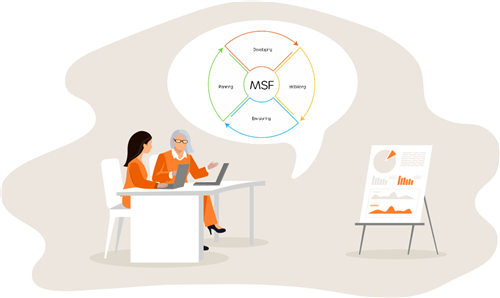

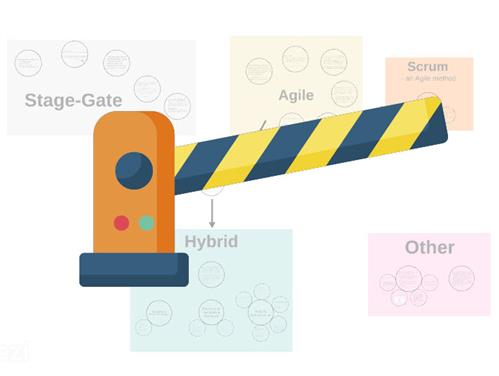
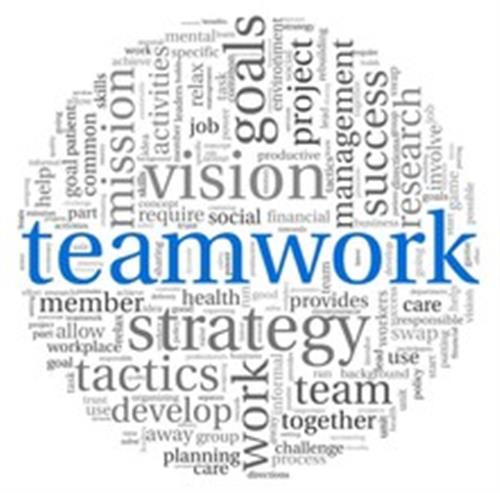
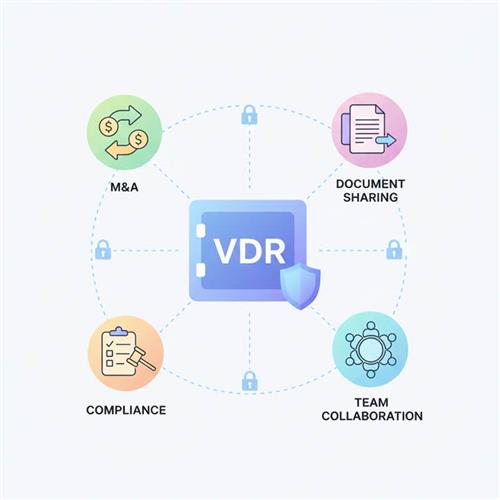



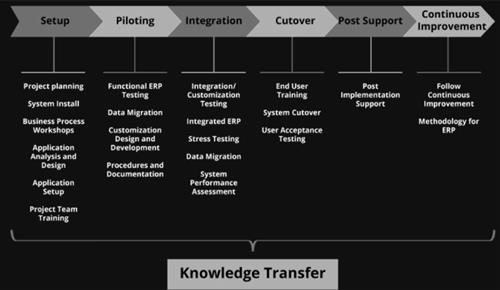
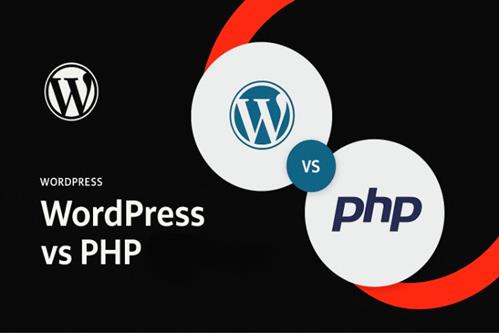
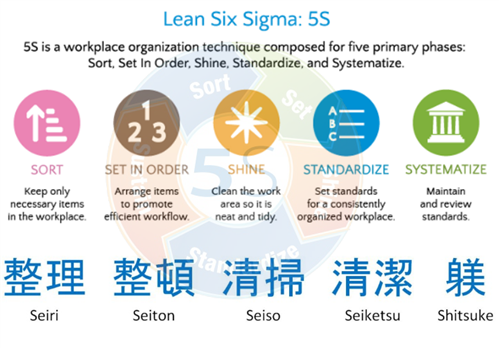


















 Link copied!
Link copied!
 Recently Updated News
Recently Updated News